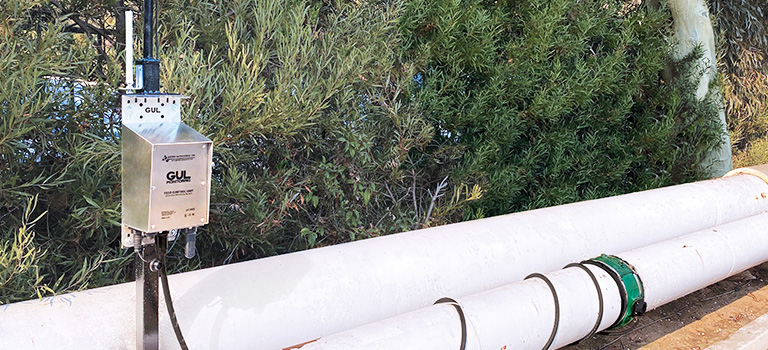
This case study from Imperial College details research to maximise area coverage per sensor in permanently installed monitoring. It resulted in the development and patent of a new Location Specific Temperature Compensation (LSTC) method which, among other applications, has been trialled on a bulk ultrasonic wave monitoring system and shown to perform very well.
The economics of permanently installed inspection systems is critically dependent on the coverage obtained per sensor installed. This is because periodic NDT typically involves scanning a probe over the area to be inspected, whereas if the sensor is permanently installed, this is not possible. Therefore, if the standard NDT system were to be permanently installed then a very large number of sensors would be required which is unlikely to be economically viable.
This project investigated the factors limiting performance in current monitoring technology and how further improvements could be obtained. It also widened the application from guided wave systems to bulk ultrasonic wave monitoring.
The result was a new point-by-point temperature compensation method termed location specific temperature compensation (LSTC), which was developed and patented. After the successful application of the new compensation methods to guided wave monitoring, their application to bulk ultrasonic wave monitoring was investigated. This was successful and a new method for dealing with transduction drift with time was developed.

RCNDE – an internationally renowned membership-based industrial-academic collaboration that coordinates research into NDE technologies, ensuring research topics are relevant to the medium to longer-term needs of industry.